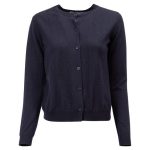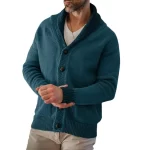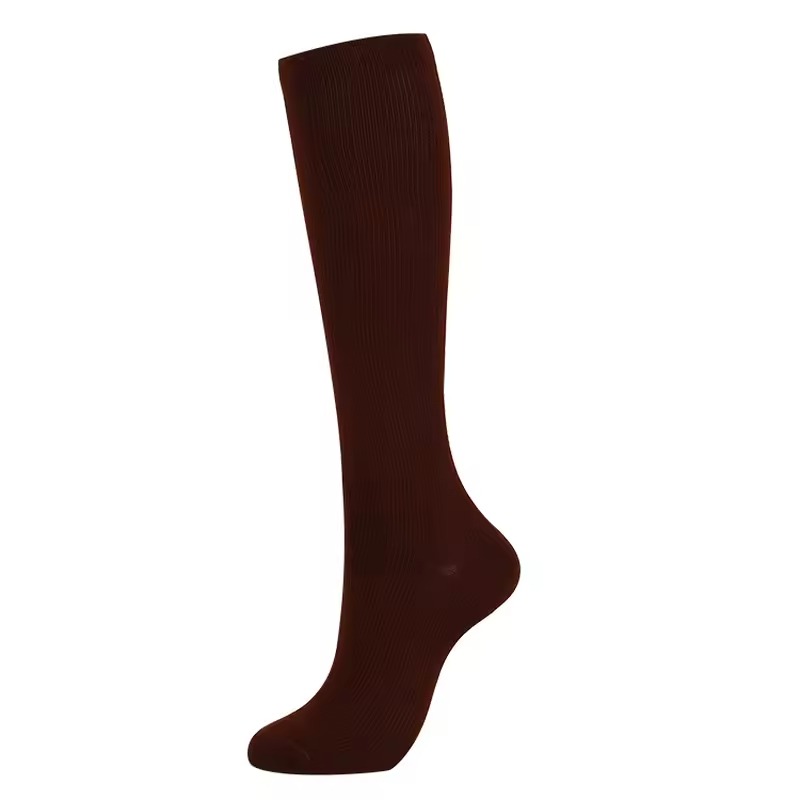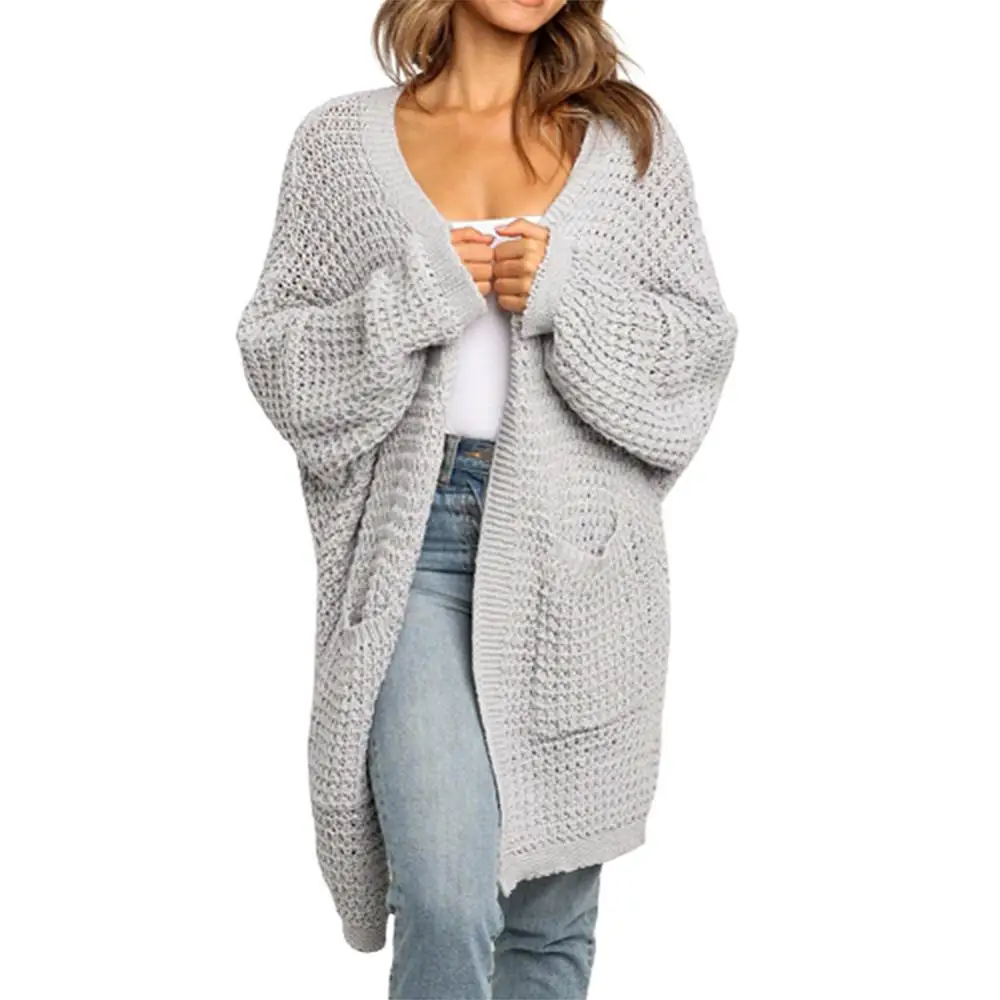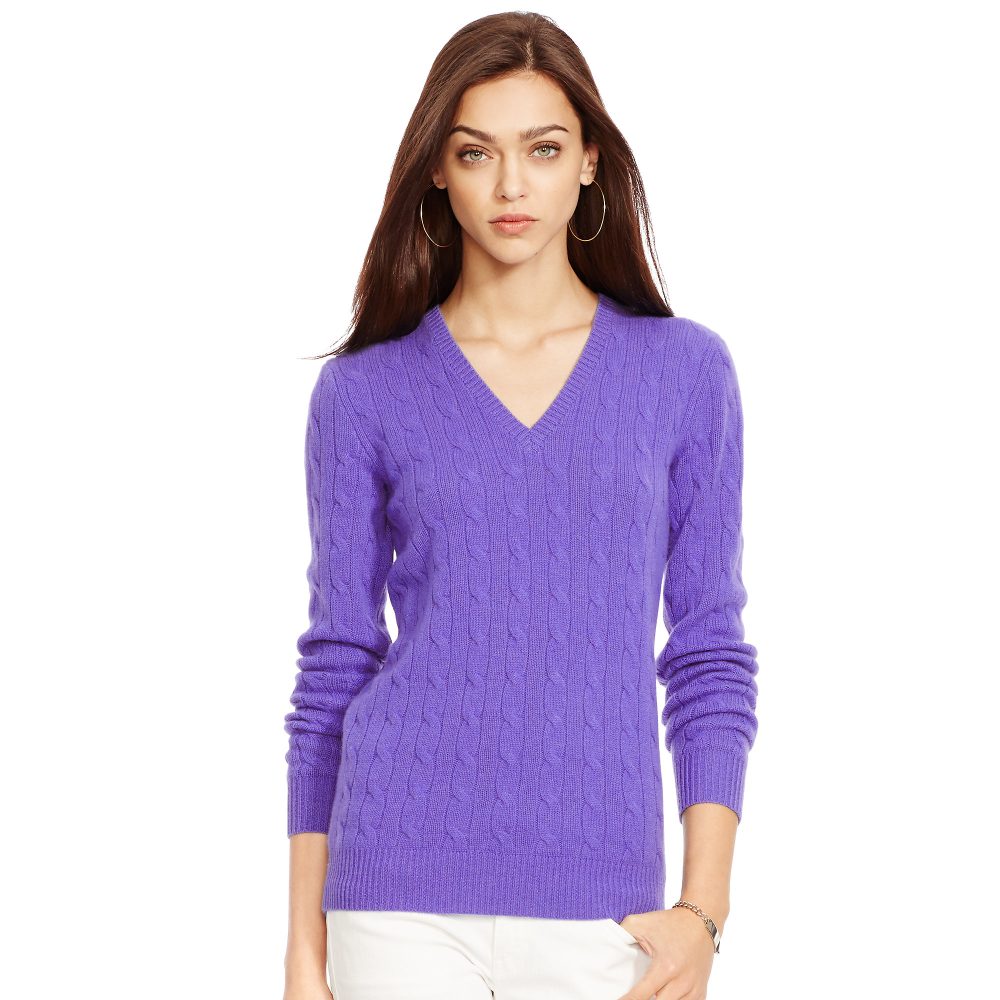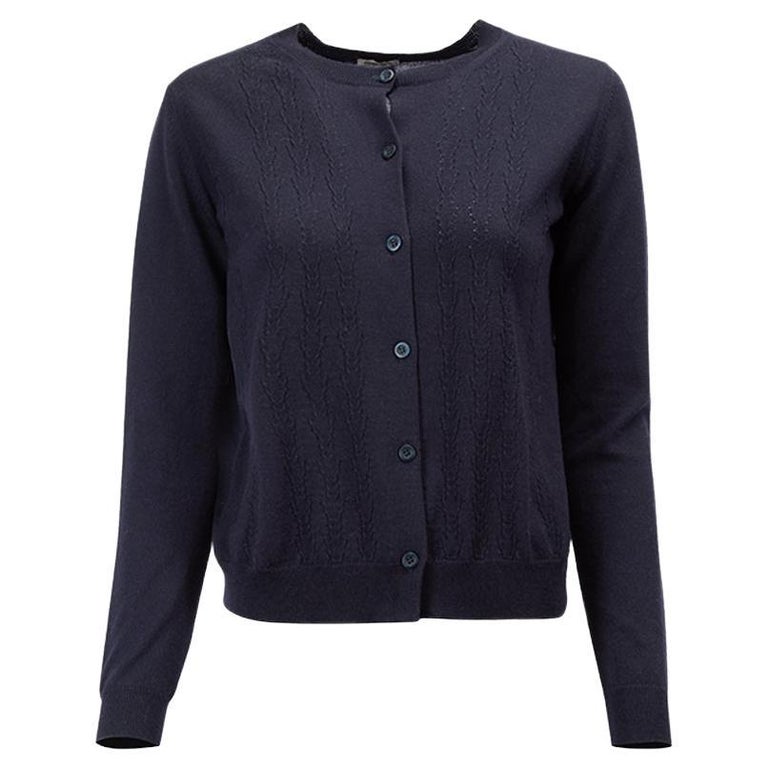What Are Compression Socks and How Do They Work?
Compression socks are specialized hosiery designed to promote blood circulation. They apply gentle pressure to your lower legs. This helps maintain blood flow and reduces discomfort and swelling.
Nurse compression socks often have graduated compression. This means the pressure is highest at the ankles and gradually decreases up the leg. It’s a targeted approach to enhance venous return. The heart receives more blood. This helps reduce the risk of blood clots and varicose veins.
These socks can be beneficial for those who stand a lot, especially nurses. They work by supporting the muscles and veins in the legs during prolonged periods of standing or walking. For nurses, this can mean less leg fatigue and more comfort throughout their shifts.
Wearing nurse compression socks can also help manage existing conditions like edema or lymphedema. By compressing the affected area, the socks prevent fluid from accumulating in the tissue. They support lymphatic drainage and reduce the risk of swelling and discomfort.
To sum up, the function of these socks is to aid circulation, reduce fatigue, and prevent swelling. They are an essential gear for nurses seeking comfort on the job.
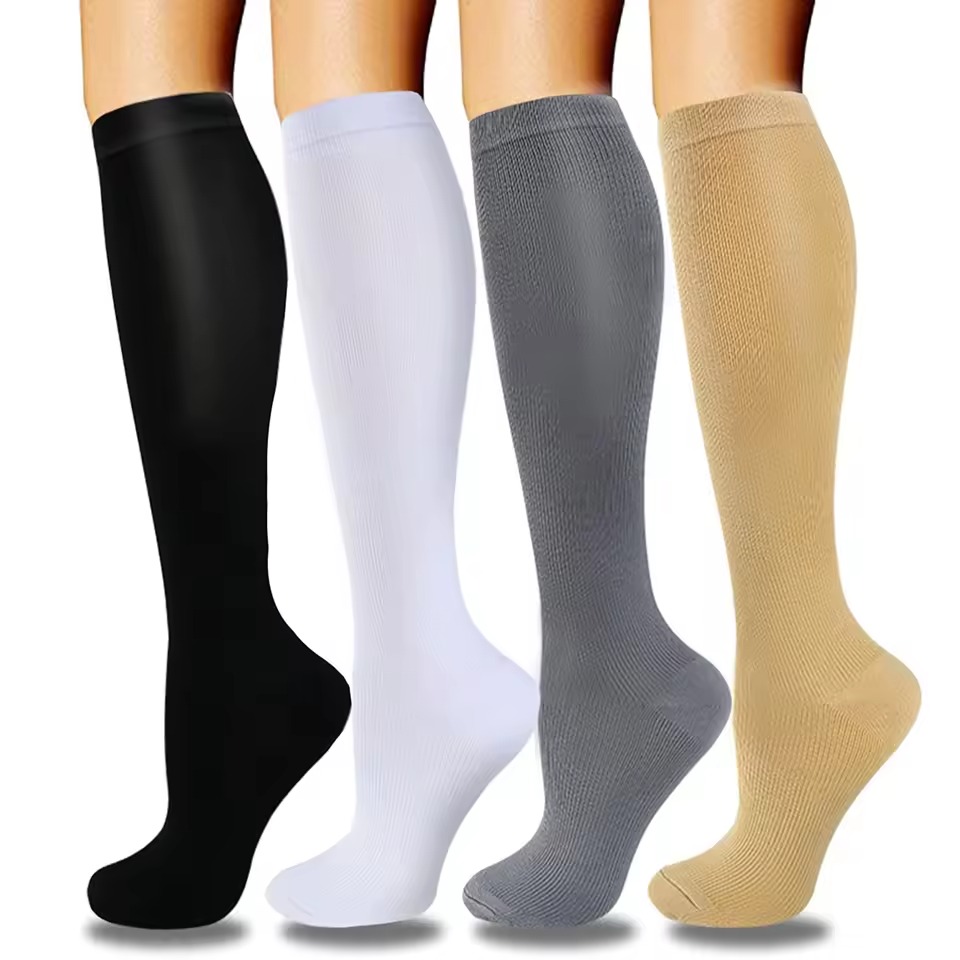
The Importance of Compression Socks for Nurses
Nurses are on their feet for long hours during their shifts. This can lead to leg pain, fatigue, and other issues. Nurse compression socks are crucial for avoiding these problems. They help nurses stay comfortable, even during double shifts. With proper blood flow, nurses can reduce their risk of developing serious conditions. These include deep vein thrombosis and leg ulcers.
Compression socks are also important for energy levels. Good circulation can mean more energy and less tiredness. This is key for nurses who need to be alert and responsive. By wearing compression socks, nurses support their leg health over time. They prevent complications that come with a demanding profession.
In short, nurse compression socks are not just a comfort booster. They play a vital role in maintaining a nurse’s health and wellbeing during challenging work hours.
Types of Compression Socks for Nurses
When it comes to nurse compression socks, there are several types available. The variety ensures that every nurse can find the perfect fit for their needs. Here’s a look at the most common types:
- Graduated Compression Socks: These are the most popular among healthcare professionals. Graduated socks offer varied levels of pressure that are highest at the ankles. The pressure decreases as the socks go up the leg. This design is excellent for nurses who spend most of the day on their feet.
- Anti-Embolism Socks: These socks have similar pressure levels to graduated socks. But they target immobile patients or those who are bedridden. While not typically used by nurses, they can be appropriate for those off duty or on bed rest.
- Non-Medical Support Hosiery: Offering minimal compression, these are for those who don’t require a high level of pressure. They provide comfort and are suitable for everyday wear.
- Copper Compression Socks: Some nurse compression socks have copper fibers woven into the fabric. Copper claims to have anti-microbial properties. It could also help reduce odors and improve skin health.
- Opaque Compression Socks: These provide a thicker material that is not see-through. Opaque socks can offer stronger support and may be more durable.
- Sheer Compression Socks: On the opposite end, sheer compression socks are lightweight and less visible. They’re an option for nurses who prefer a stocking that looks more like regular hosiery.
Each type of compression sock has a unique purpose and degree of support. When choosing, nurses should consider their daily activities. They should also think about the level of compression they need. A mix of comfort, function, and personal preference will guide the best choice.
How to Choose the Right Nurse Compression Socks
Choosing the right nurse compression socks is crucial for maximum benefits and comfort. When selecting socks, consider several factors. Here’s what to keep in mind:
- Determine Correct Size: Measure your legs. Choose socks that match your size for proper compression.
- Select Compression Level: Compression levels vary, usually between 15 and 20 mmHg to 30 to 40 mmHg. Higher compression suits those on their feet more.
- Assess Material: Look for breathable, moisture-wicking materials to keep feet dry and comfortable.
- Consider Length: Knee-high socks are common, but thigh-high options may be required for some nurses.
- Pick Style Based on Need: Graduated socks are generally best for active nurses. If you’re recovering or resting, consider anti-embolism socks.
- Check for Special Features: Some socks come with additional benefits, like copper infusion.
Remember, try different types until you find the perfect pair. Your feet and legs will thank you for the careful choice.
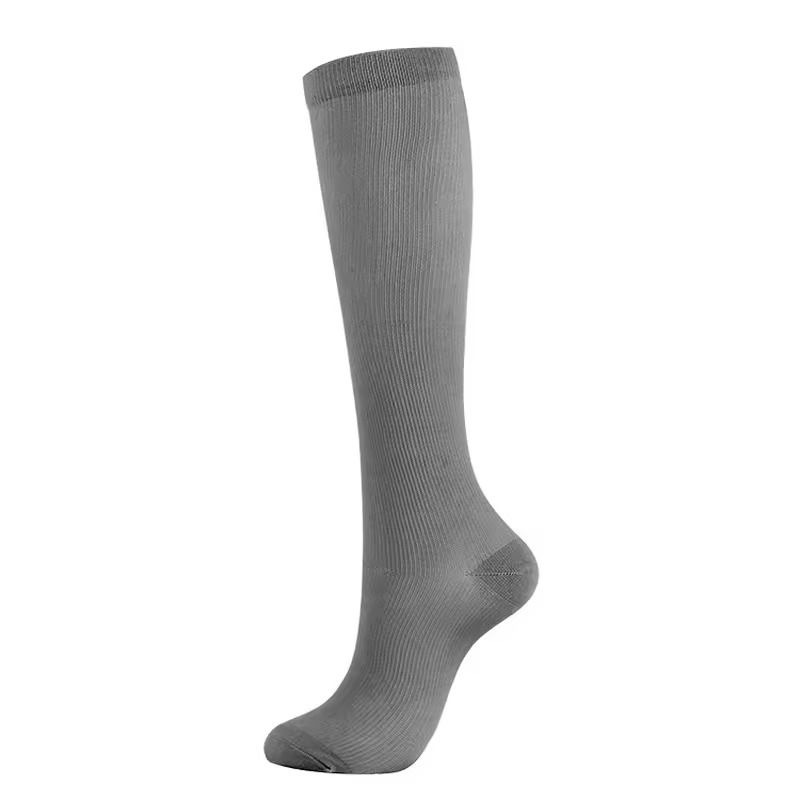
The Benefits of Wearing Compression Socks in Nursing
Wearing nurse compression socks brings many benefits. They keep blood flowing properly in your legs. This can help stop blood clots from forming. It can also cut down on swelling and pain in your legs.
Better blood flow means more oxygen gets to your leg muscles. This can make your legs feel less tired. It can help you stay on your feet longer without discomfort. Improved oxygenation can also speed up recovery after standing for a long time.
Compression socks can also prevent varicose veins. These are swollen, twisted veins that can be painful. By wearing these socks, you can keep your veins in better shape.
Another benefit is reduced risk of leg ulcers. These are open sores that can take a long time to heal. By wearing compression socks, nurses protect their skin from such issues.
Finally, well-fitting nurse compression socks can improve overall comfort. They provide a gentle squeeze that can feel soothing during a busy shift. This can help nurses focus on their work, not on leg discomfort.
Proper Use and Maintenance of Nurse Compression Socks
Ensuring proper use and maintenance of nurse compression socks is key for their effectiveness. Here’s a straightforward guide to help nurses get the most out of their socks:
- Wear Them Correctly: Ensure they fit snugly, but not too tightly. Put them on first thing in the morning to prevent swelling in the legs.
- Regular Washing: Clean your socks after each use following manufacturer instructions. Use mild detergent and avoid bleach to maintain their elasticity.
- Avoiding Damage: Be careful with jewelry or rough nails when putting on the socks to avoid snags and tears.
- Dry Properly: Air dry the socks away from direct heat. Don’t wring them out as it may damage the fibers.
- Rotate Pairs: Use multiple pairs to ensure each pair can fully dry and regain shape between wears.
- Inspect Regularly: Check for signs of wear like thinning or holes. Replace compression socks every 3 to 6 months for best performance.
Following these steps can help maintain the quality and functionality of the nurse compression socks, providing nurses with comfort and support during long shifts.
Best Practices for Wearing Compression Socks During Long Shifts
Nurses often work long shifts. This can challenge leg health and comfort. By following best practices for wearing nurse compression socks, nurses can ensure they gain the maximum benefits from their use.
- Start Your Day with Them: It’s vital to put on your compression socks before your shift starts. This helps prevent leg swelling from the get-go.
- Choose the Right Fit: Ensure your socks fit well. Too tight, and they can hinder circulation. Too loose, and they won’t offer enough support.
- Stay Hydrated: Drink plenty of water throughout your shift. Hydration supports blood circulation, making compression socks more effective.
- Take Breaks: Whenever possible, take short breaks to sit down and elevate your legs. This can boost circulation.
- Move Around: Keep moving and avoid standing still for too long. Walking aids in muscle contractions, promoting blood flow.
- Regularly Adjust Socks: Check your socks throughout your shift. Make sure they haven’t rolled down or bunched up, as this can impair function.
- Mind Your Skin: If you have sensitive skin, wear a thin cotton sock underneath. This can prevent irritation from the compression fabric.
- Post-Shift Care: After your shift, remove your socks and give your legs a gentle massage. This can help with muscle recovery.
By incorporating these best practices, nurses can enhance their workday comfort. They can also improve leg health over long, demanding shifts.
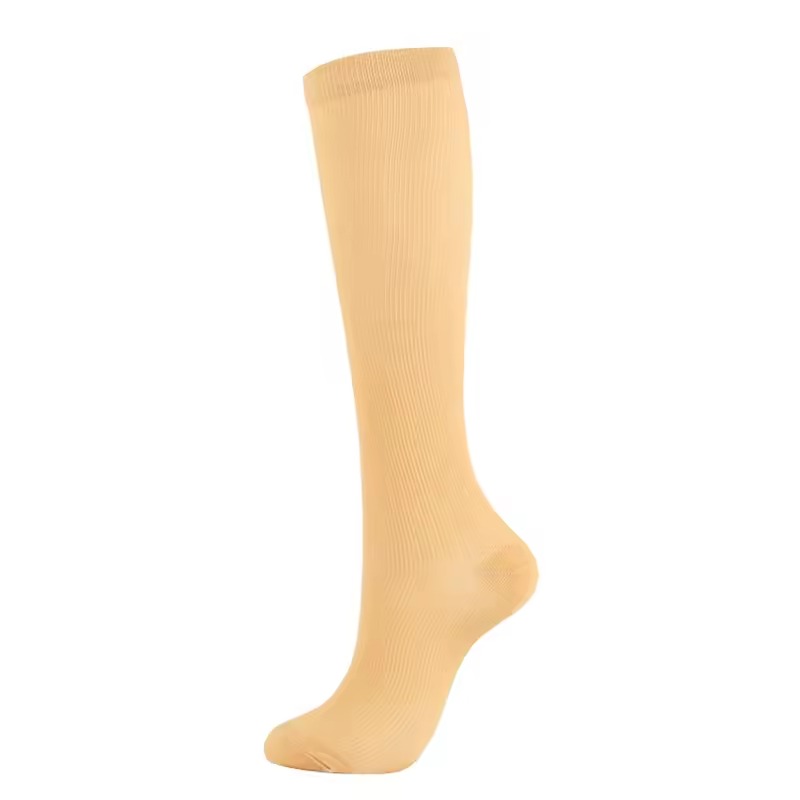
Addressing Common Myths About Compression Socks for Nurses
Let’s clear up some common myths about nurse compression socks. Misunderstandings can prevent nurses from enjoying the many benefits these socks offer.
- Myth 1: They’re Uncomfortable: Some think compression socks are too tight and uncomfortable. The truth is, when sized and worn correctly, they’re designed for comfort. Nurses often report less fatigue when wearing them throughout their shifts.
- Myth 2: Only for the Elderly: Compression socks are for anyone who stands for long periods, not just older adults. Young nurses find them helpful for maintaining leg health and energy levels.
- Myth 3: Hard to Wear: It’s thought that these socks are difficult to put on. With the right technique, like bunching the sock before pulling it up, they can be worn easily.
- Myth 4: One Size Fits All: Compression socks come in many sizes. It’s important to measure your legs and find the right fit for effective compression and comfort.
- Myth 5: They Cause Blood Clots: In reality, nurse compression socks help prevent blood clots by promoting blood flow, especially during long periods of standing.
- Myth 6: Only for Work: These socks also benefit off-duty nurses. They help with recovery after a long day and reduce swelling during rest or travel.
By addressing these myths, nurses can make informed decisions about using compression socks. Proper use enhances comfort, which is crucial for nurses during their demanding workdays.



